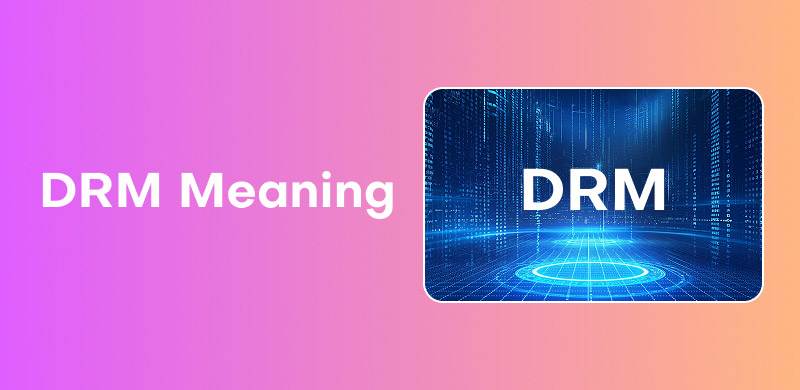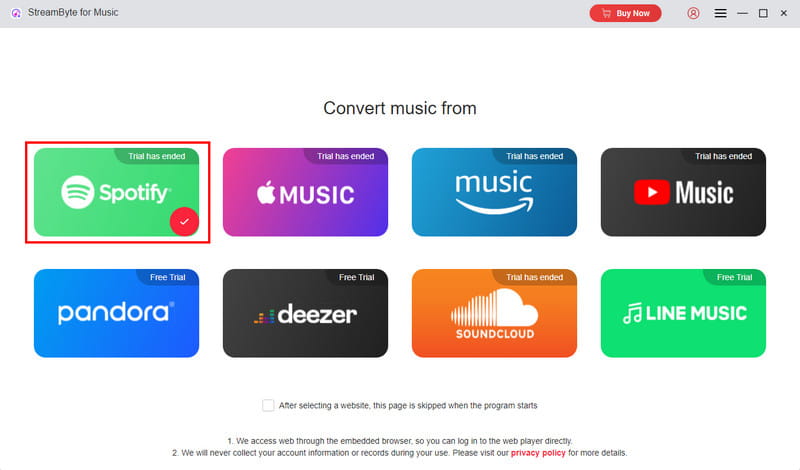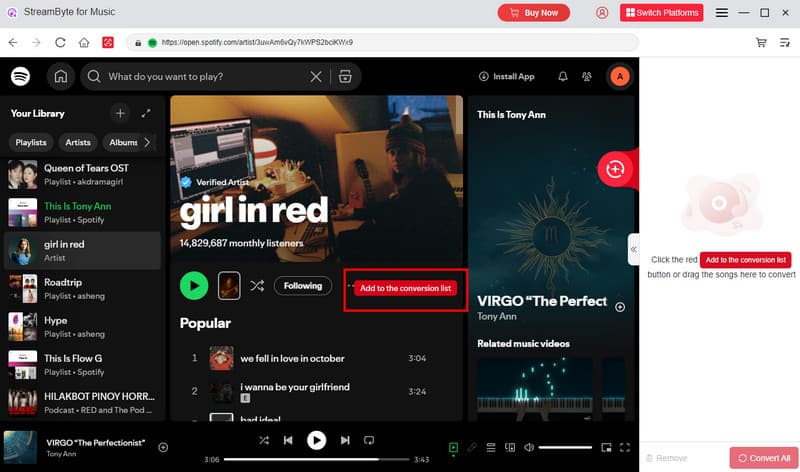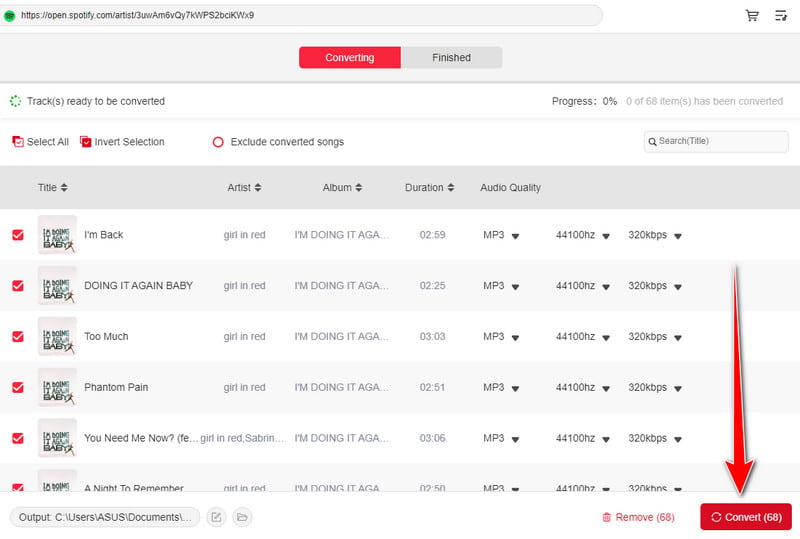Digital Rights Management, also known as DRM, is the technology used by publishers and copyright holders. Its main purpose is to control the use, modification, and distribution of copyrighted digital content. Plus, it is a digital lock and key. The lock is placed on the content, be it software, a film, or a video game. The key is granted to the end-user under specific terms set by the rights holder. This control mechanism is a double-edged sword: it is a necessary tool for combating piracy and protecting creative works. It also sparks ongoing debates about user rights, privacy, and the long-term preservation of digital culture. Would you like to learn more about the meaning of DRM? Then you must take part in this post. We are here to provide you with all the necessary details about DRM. It includes its use cases, how it works, and why it is widely applied, among other details. To begin learning about the discussion, start by reading this post.

The DRM, or Digital Rights Management, is a set of technologies and access control systems used to protect the IP rights of digital media. It acts as a digital lock, preventing the unauthorized copying, sharing, and distribution of content. It includes e-books, music, movies, and software. Aside from that, when you purchase or stream such content, DRM is often what prevents you from freely copying it for friends or playing it on any device you choose. Its main objective is to safeguard the revenue and intellectual property of creators and distributors from piracy and illegal use.
Moreover, DRM also significantly shapes the user's experience. For consumers, it means that when you purchase a digital movie or song, you often don't own it in the traditional sense. It only means that you are purchasing a license to use it under specific, restricted terms set by the seller. This is why you might not be able to lend a purchased e-book or why a movie from one platform might not play on another. This balance between protecting creators' rights and limiting consumer freedom makes DRM a foundation, yet often controversial, force in the digital era.
How does Digital Rights Management work? Well, the DRM works by encrypting the digital file, essentially scrambling its content so that it becomes an unreadable, locked box. This encryption process happens before the file is distributed to users. When you purchase or stream the content, your device doesn't receive it in a ready-to-use format; it receives a locked box. To access or obtain the content, you need a specific digital key to decrypt it. This key is not something you physically type in. It is managed automatically by the software or platform (such as Amazon Kindle, Netflix, or Spotify) through a license agreement that defines the terms of use.
There are various ways to protect your content. The DRM lets you:
• Prevent users from saving and editing your content.
• Prevent other people from forwarding your content.
• Restrict users from printing your content.
• Disallow users from obtaining any data from your media.
• Set an expiry date on your content, so users won't be able to access it after this date.
In this modern era, Digital Rights Management has become so important. It is not only for content creators, but also for small and large companies that can utilize digital content licensed or purchased from other creators. See the breakdowns below about the use cases of Digital Rights Management.
1. The DRM allows the musicians, authors, and other professionals to prevent unauthorized use of their content. It can even protect their bottom lines and control the distribution of their content.
2. DRM technologies enable businesses to securely share sensitive data by selectively restricting access to it.
3. A key function of DRM is to maintain the integrity of a creative work, guaranteeing that it reaches the audience exactly as the creator intended.
4. The DRM is ideal for securing documents, including company information, trademarks, and sensitive patents, as well as customer data in the biotech sector.
Pay a visit: Simple method to convert MP4 to MP3.
After discovering the meaning of DRM protection, you may wonder why it is applied so widely nowadays. Well, it is because it can offer you various benefits that you may not have imagined. To explore its benefits, check all the information below.
This is the most important benefit of DRM. It serves as the main defense against unauthorized distribution and piracy. DRM ensures that creators are paid for their works. It also directly protects their revenue and the financial viability of creating products.
Digital Rights Management (DRM) is a technological foundation for flexible consumption models. It enables subscription services, such as Spotify, Netflix, and Pandora, by ensuring that access is terminated when a subscription ends.
DRM helps ensure that a creative work is consumed in its original form, as the creator intended. It prevents unauthorized modifications, edits, or tampering, which is essential for protecting artistic vision, brand consistency, and the accurate dissemination of information.
Check here: The simple way to remove DRM from Apple Music.
When dealing with DRM-protected content, especially music, it is really impossible to access and save it. Therefore, to access them smoothly, you should use a reliable program that can help you bypass DRM, such as StreamByte for Music. This software allows you to download music from various platforms, including Spotify, Apple Music, Pandora, YouTube Music, and more. The best part here is that you can even download the music smoothly. You can even save the music with the best quality for up to 320 kbps. What we like here is that you can convert the music to various formats. It includes MP3, FLAC, M4A, WAV, AC3, and more. Lastly, you can also download multiple songs at once, saving you time during the downloading process.
More Features
• The software can convert and download music 35 times faster than other programs.
• It can support various music formats, such as WAV, MP4, FLAC, WAV, and more.
• It can download multiple pieces of music at once.
• The software can download music from various platforms, including Pandora, Spotify, Apple Music, and others.
• It is available for download on both Mac and Windows.
To start downloading DRM-protected music, see the steps below.
Step 1. Download StreamByte for Music. Then, install it to begin downloading your favorite music.
100% Secure. No virus.
100% Secure. No virus.
Step 2. After that, click your preferred platform. You can select the Spotify platform if you want to download DRM-protected Spotify music. Then, start inserting your account.

Step 3. Then, browse the music you want to save. Click the Add to the conversion list option to place the songs in the conversion section.

Step 4. For the final process, select your preferred audio quality. Then, tap the Convert All button below to save the music on your device.

With this process, you can easily download and save DRM-protected music from various platforms. You can even use this software as the best Spotify downloader. What makes it even more ideal is that it provides a smooth and fast conversion speed, which is also perfect for all users.
Thanks to this article, you have discovered the full meaning of DRM. You even explored its use cases, how it works, and its benefits. Additionally, if you want to remove or bypass DRM on specific music, it is best to use StreamByte for Music. This program is helpful since it can save any DRM-protected content. It can even offer all the features you need for a better listening experience.

All Music Converter
Best music converter to download music from multiple streaming media without losing quality.

Subscribe to get StreamByte upgrades, guides, discounts and more in the first moment.
Invalid Email Address.